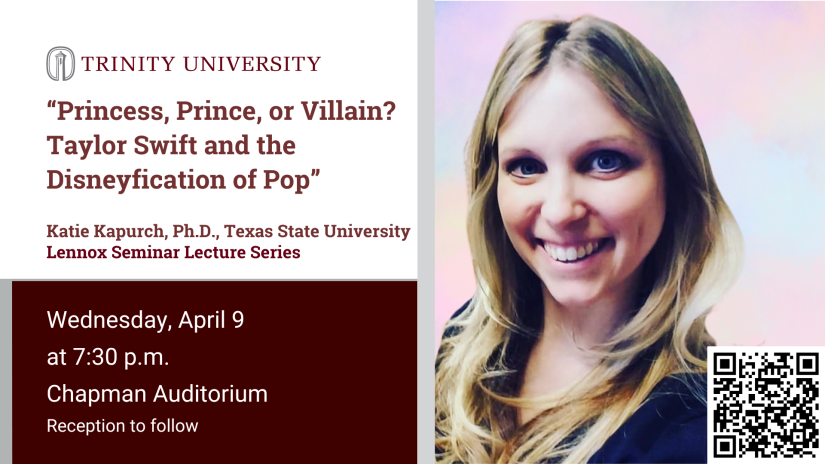At 7 p.m. on Tuesday, Nov. 6, in the Ruth Taylor Recital Hall, students, faculty and community members gathered to hear John Clarke, a professor at the University of Texas at Austin, talk about visual representations of sex in ancient Rome. Clarke’s speech was a part of the 2012 Lennox Lecture Series, made possible by the Martha, David and Bagby Lennox Foundation. The lecture was entitled “When Aphrodite Became Venus: Love, Sex, and Security in Roman Visual Culture.”
Clarke opened the lecture by referencing the HBO series ROME, which premiered in 2005 and lasted two seasons. Octavian, later known as Augustus, was directed by his mother Atia to lose his virginity in one of the scenes, and Octavian struggles between male and female prostitutes before choosing the latter. Clarke used this example to explain that Romans did not assign labels to their sexuality, never defining themselves as heterosexual or homosexual.
“Good love making was a gift from the goddess Venus and was not something to be ashamed of,” Clarke said.
Repeatedly, Clarke talked about how people today assume that people in the past are just like we are. He said that acculturation forms people’s attitudes about everything and all that we do.
Using a PowerPoint presentation that featured Roman art graphically depicting sexual acts, Clarke talked about Roman bisexuality. He said that elite Romans and ordinary Romans shared similar views regarding man-to-boy intercourse. Men could have boys on the side because there was no danger affiliated with this action.
However, this was not the case with the female sex.
“The danger of adultery with a woman, particularly of the elite class, was that it might produce bastard children who could claim rights to your property,” Clarke said.
Clarke went on to discuss the importance of roles in ancient intercourse. The person who was not dominant in bed was considered a social inferior, especially if that person was male. Visual depictions of oral sex, a recurring topic in Clarke’s lecture, had significant impacts in ancient Roman life. Romans believed that the mouth was defiled through oral sex.
“People kissed each other in greeting,” Clarke said, adding, “One of the worst things to accuse your neighbor of was having an unclean mouth, because you are implying that person has had oral sex.”
While the audience appeared squeamish at times, the listeners sat with rapt attention and asked many questions when the lecture was concluded and opened to questions.
Sophomore art history major Casie Lomeli was not only intrigued by the subject material but also Clarke’s research background.
“It was great to hear from a scholar that has hands-on experience at sites like Pompeii. Also, I enjoyed hearing about his personal experience and how he relates it to his work,” Lomeli said.
Before a reception, at which beverages and food were served, Clarke ended his talk with an appeal about current thought on sexuality.
“We have created a vocabulary about sex that did not exist in ancient Rome,” said Clarke. “The concept of sexuality did not emerge until the 20th century.”
Clarke urged the audience to think in terms of sex as an act of love and not to define it with labels of homosexuality or heterosexality. He said that our practices, in regards to sex, belong to our own culture and are not universal.
Previous lectures in the Lennox series featured Andrew Stewart of the University of California at Berkeley and Bettina Bergmann of Mount Holyoke College.







